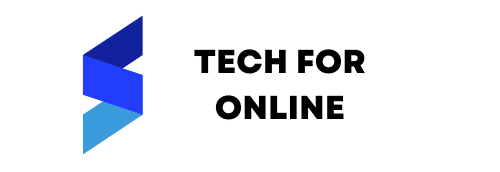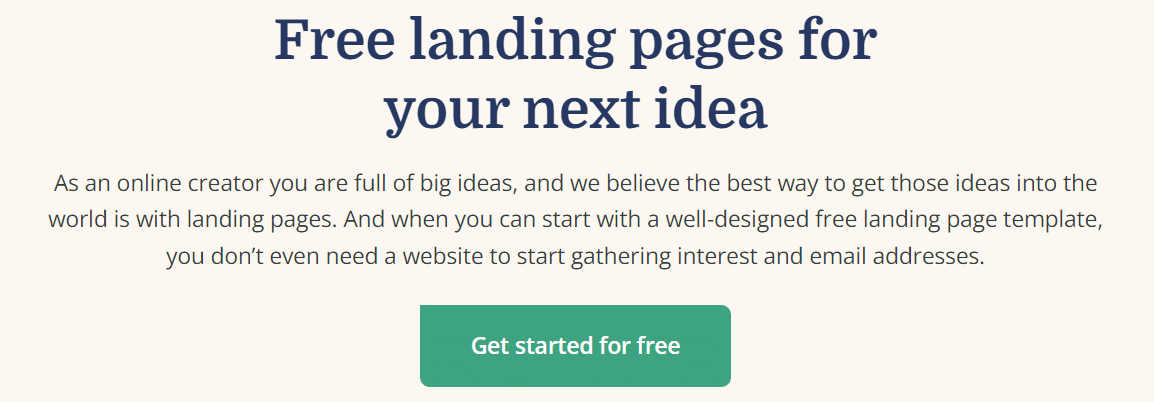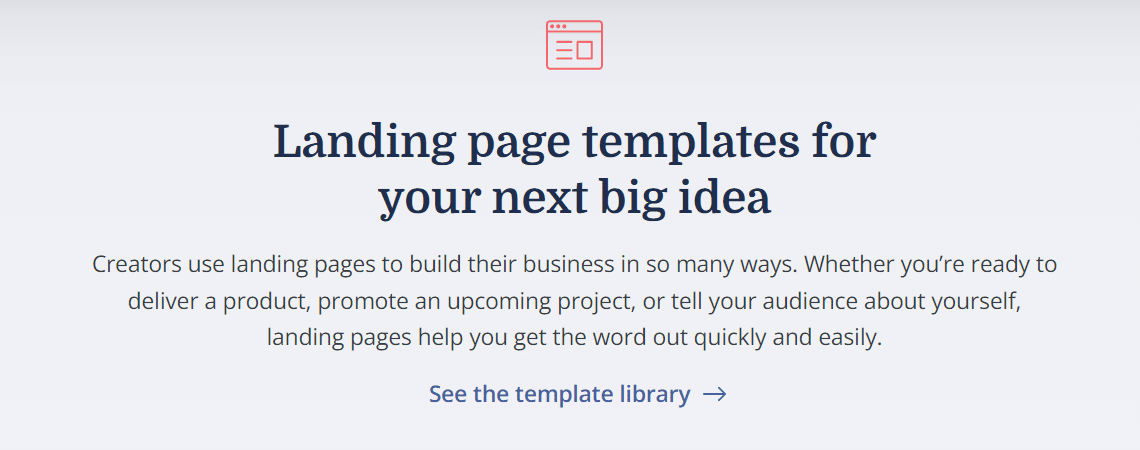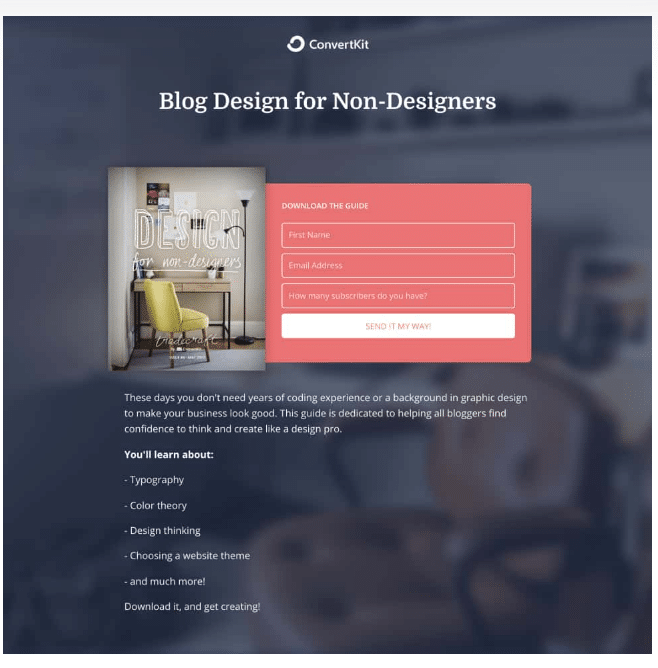If you’re looking to create a landing page that converts, ConvertKit is a great tool.
With its user-friendly interface and customizable templates, you can create a landing page that captures your audience’s attention and encourages them to take action.
Check out these examples and tips to get started on your own ConvertKit landing page.
Understand the Purpose of Your Landing Page
Before you start creating your ConvertKit landing page, it’s essential to understand the page’s purpose.
Are you trying to sell a product or service? Are you collecting email addresses for a newsletter? Once you know the purpose, you can tailor the design and content of your landing page to achieve that goal.
Remember the purpose throughout the creation process to ensure a cohesive and effective landing page.
Choose a Template That Fits Your Brand and Message
When creating a ConvertKit landing page, choosing a template that fits your brand and message is essential.
ConvertKit offers a variety of templates to choose from, each with its own unique design and layout. Take the time to browse through the options and select a template that aligns with your brand’s aesthetic and the message you want to convey.
Remember, the design of your landing page can have a significant impact on whether or not visitors convert, so choose wisely.
Write Clear and Compelling Copy
The copy on your ConvertKit landing page is as important as the design.
It’s what will convince visitors to take action and convert. Make sure your copy is clear, concise, and compelling.
Use headlines and subheadings to break up the text and make it easy to read. Focus on the benefits of your offer and how it will solve a problem for your audience.
Use action-oriented language and a solid call to action to encourage visitors to take the next step. And don’t forget to proofread for any errors or typos that could detract from your message.
Use Eye-catching Visuals to Enhance Your Message
In addition to compelling copy, eye-catching visuals can enhance your ConvertKit landing page and increase conversions.
Consider using high-quality images or graphics that relate to your offer and help to communicate your message visually. Use contrasting colors to make essential elements stand out and optimize your visuals for fast loading times.
Remember, the goal is to capture your audience’s attention and keep them engaged with your message.
Include a Clear Call-to-action and Optimize for Conversions
A clear call-to-action (CTA) is essential for any landing page, and your ConvertKit landing page is no exception.
Make sure your CTA is prominently displayed and communicates what action you want your audience to take. Use action-oriented language, such as “Sign up now” or “Get started today,” to encourage conversions.
Additionally, optimize your landing page for conversions by removing any distractions or unnecessary elements that could detract from your CTA. Keep your page focused on your offer and make it easy for your audience to take action.
ConvertKit Landing Pages Examples
ConvertKit landing pages are designed to help you capture leads and convert website visitors into subscribers. Here are some examples;
- Lead Generation Landing Page: This type of landing page is focused on capturing email addresses and building your subscriber list. It usually includes a headline that grabs attention, a concise description of the value proposition or offer, a visually appealing design, and a prominent opt-in form where visitors can enter their email addresses.
- Content Upgrade Landing Page: This landing page offers additional valuable content related to a blog post or article in exchange for visitors’ email addresses. It typically includes a headline highlighting the content upgrade, a brief description of its benefits, and an opt-in form to capture email addresses.
- Webinar Registration Landing Page: ConvertKit allows you to create a landing page to capture registrations if you’re hosting a webinar. This landing page usually includes a catchy headline, a brief description of the webinar’s topic and benefits, details about the date and time, a speaker bio, and an opt-in form for attendees to register.
- Product Launch Landing Page: When launching a new product or service, ConvertKit landing pages can be used to create anticipation and capture leads. These landing pages typically include a compelling headline, a brief description of the product or service, essential features or benefits, testimonials (if available), and a call-to-action for visitors to opt-in or purchase.
- Thank You/Confirmation Page: After someone subscribes or completes a desired action, ConvertKit allows you to create a custom thank you or confirmation page. This page can be used to express gratitude, provide further instructions or information, and even offer additional resources or promotions.
Remember that the effectiveness of a landing page depends on various factors, including the quality of your copywriting, design, and targeting.
It’s important to continually test and optimize your landing pages to improve conversion rates.




